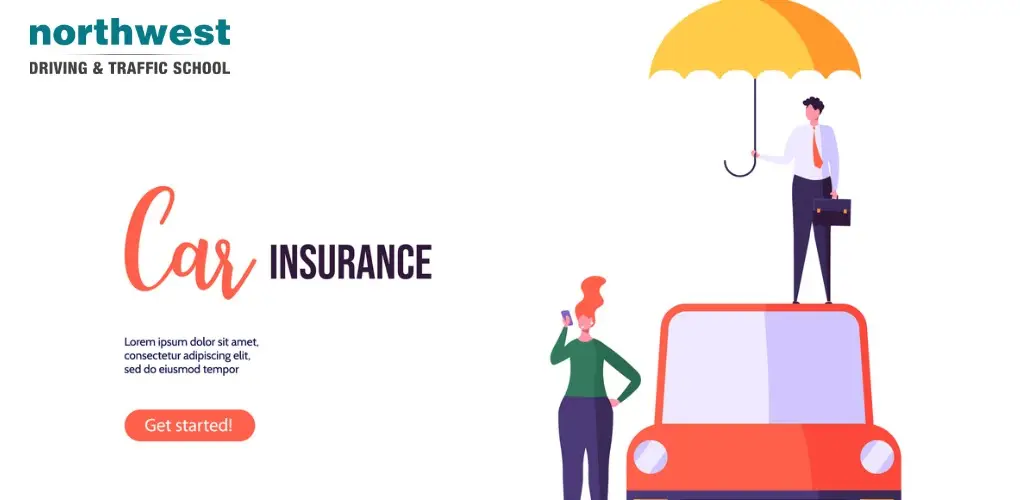- Others
Car Insurance Jargon Buster

Buying car insurance should be clear and straightforward. But sometimes, it’s easy to confuse IPT with TPFT. So here’s our guide to help you with the jargon.
Approved repairer
Your insurance company recommends a garage for car repairs covered by your insurance policy.
Read More: How To Save Money On Your Car Insurance
Table of Contents
Comprehensive Cover
The highest level of car insurance cover, which usually covers you for:
- Injuries to other people.
- Damage to other people’s property.
- Accidents are caused by your passengers or a driver named on your policy.
- The use of a trailer while attached to your car.
- Fire damage and/or theft.
- Accidental damage to your car.
- Medical expenses up to a stated limit.
- Loss or damage to personal effects in the car, up to a stated limit.
Policy features vary between insurers, so always check them before you buy.
Driving Other Cars (DOC)
Many insurers don’t offer this as a standard policy feature, so make sure you’re covered before getting behind the wheel of someone else’s car. It’s also worth noting that you usually get third-party-only coverage when it is included.
Fault claim
An accident or loss in which you are considered to be to blame or in which you or your insurance company can’t recover costs from somebody else.
Remember, if your car is hit while parked by someone who cannot be traced, this counts as a fault claim.
Non-fault claim
With a non-fault claim, your insurer can recover the cost of the claim from someone else.
Indemnity
As an insurance policyholder, you’re placed in the same financial position following a loss as you were before it. So, if your insurance company pays to repair your car following an accident, for example, you’ll be in the same financial position as before the car was damaged.
Insurance Premium Tax (IPT)
A tax on general insurance premiums, including car insurance premiums. This tax is included in the price of your car insurance premium.
Insured Value
The total amount the insurance company will pay for your car if it’s damaged beyond repair. This will either be the amount you stated the vehicle was worth when taking out the policy or the current market value at the time of the claim—whichever is lower.
Material Fact
Any information that may influence either an insurer’s decision to offer you cover or the premium they charge for it. Your policy may be invalidated if you leave out information influencing a decision to offer cover.
No Claims Discount (NCD)
For each year you drive without claiming your insurance, you get a year’s no-claims discount, subject to a maximum. This discount usually reduces your car insurance premium for the following year. It is also described as a no-claims bonus (NCB).
Settlement
The amount your insurer pays out for a claim.
Third-party only (TPO)
Third-party coverage is the minimum level of car insurance coverage required by law and contains no coverage for damage to your vehicle. It usually covers your legal liability for:
- Injuries to other people.
- Damage to other people’s property.
- Accidents are caused by your passengers or a driver named on your policy.
Third-party, fire, and theft (TPFT)
Third-party fire and theft cover provides the same level of protection as third-party cover but also protects you against damage to your vehicle from fire or theft, as long as you’re not at fault.


